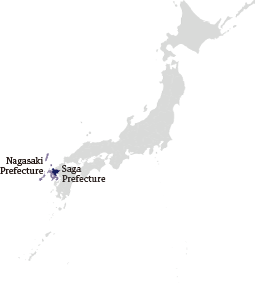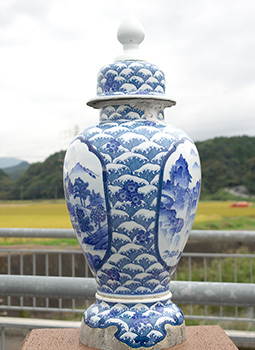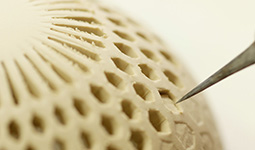Home > Highlighting JAPAN > Highlighting Japan November 2016 > Japan Heritage
Highlighting JAPAN
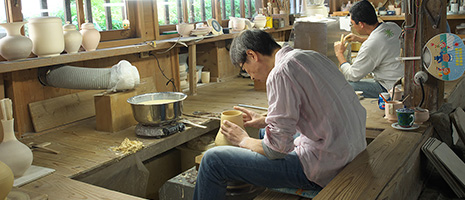
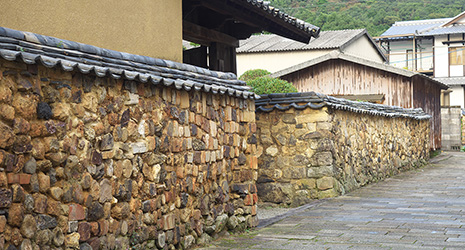
- PREVIOUS
- NEXT
The Pursuit of Porcelain
Over the last 400 years, potters in northwestern Kyushu have produced some of the world’s finest porcelain.
The northwestern coast of Kyushu is faced a short distance across the Sea of Japan by the Korean peninsula and has long served as an entry point for Korean and Chinese culture. One example is the introduction of porcelain.
In the early seventeenth century, Korean potters skilled in the production of porcelain discovered deposits of the superior white clay necessary for the ceramic’s production at Izumiyama in present-day Arita, Saga Prefecture. Porcelain production in the region immediately took off.
“In addition to having an abundant source of kaolin clay, Northwestern Kyushu abounded in good firewood and fresh water,” says Mitsuko Ide of Nagasaki Prefecture’s Kenhoku Development Bureau. “Conditions were ideal.”
Throughout the Edo period (1603–1867), potters working in towns across northwestern Kyushu turned out a variety of distinctive styles of decorative porcelain. Among the first and most celebrated was Kakiemon Sakaida I (1596–1666) whose distinctive style of pottery is still produced by direct descendants of the potter today. It was Kakiemon Sakaida I who developed the enameling technique of overglazing colors on porcelain called akae. In the late seventeenth century, the Kakiemon style of Arita ware featuring exquisite paintwork on a beautiful milky white nigoshide underglaze was established.
At the turn of the eighteenth century, the Kin-rande style of Arita ware emerged and overtook Kakiemon ware in popularity, this style being characterized by vivid red and gold overglaze designs.
In Okawachiyama in present-day Imari, Saga Prefecture meanwhile, Nabeshima ware was being produced at the kiln of the Saga Domain. This was very high quality porcelain which was distributed as gifts to the Tokugawa Shogunate. One type of Nabeshima ware is Iro-Nabeshima, featuring graceful designs overglazed onto a distinctive indigo blue underglaze.
In Mikawachi in Sasebo, Nagasaki Prefecture, craftsmen working under the direct control of the Hirado Domain specialized in the production of small porcelain figures and curios including exquisite sukashi-bori openwork boxes using the purest white porcelain. There are still potters making sukashi-bori porcelain in the town today.
Nearby in Hasami, Nagasaki Prefecture, climbing kilns more than 150 meters long were constructed enabling the simultaneous firing of large numbers of porcelain goods. Mass-production in this way had made porcelain affordable for ordinary people by the end of the seventeenth century.
Because much of the porcelain produced in northwestern Kyushu was shipped from the port of Imari it became known as Imari ware. Large quantities of porcelain produced in northwestern Kyushu made its way to Southeast Asia and Europe. Japanese porcelain with its stunning translucency was in high demand in Europe, where the production technique for authentic porcelain would not be developed until the early eighteenth century.
“Europeans were fascinated by the stylistically accomplished designs and beautifully shaped porcelain produced in Japan,” says Ide. “Japanese porcelain would clearly influence the production and design of porcelain in Meissen, Germany.”
Porcelain continues to be produced in many parts of Saga and Nagasaki Prefectures. In Arita alone today there are more than 100 workshops producing porcelain. One of the oldest and most famous is Gen-emon Kiln, which started operations in 1753. Gen-emon makes everything from works of art to daily use tableware, employing the same production methods handed down from the Edo period. Items of Arita porcelain dating from the Edo period, known as ko-imari (old Imari), are on display at a museum on the workshop’s grounds.
Ceramics fairs are held in the spring and autumn in many of the region’s pottery towns. The Arita Ceramics Fair, held from late April to early May, has over 100 years of history and now attracts more than one million visitors annually.
“Brick chimneys, tombai walls, and abandoned climbing kilns give visitors a sense of the long history of porcelain production here,” says Ide. “We hope these towns and their ceramic wares will continue to foster international exchange.”
- PREVIOUS
- NEXT
© 2009 Cabinet Office, Government of Japan
